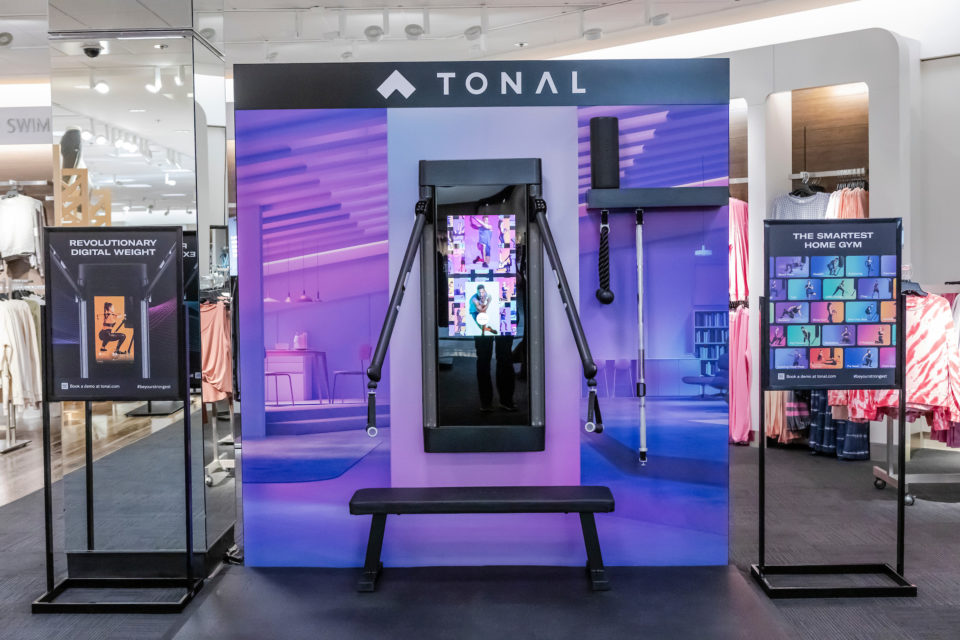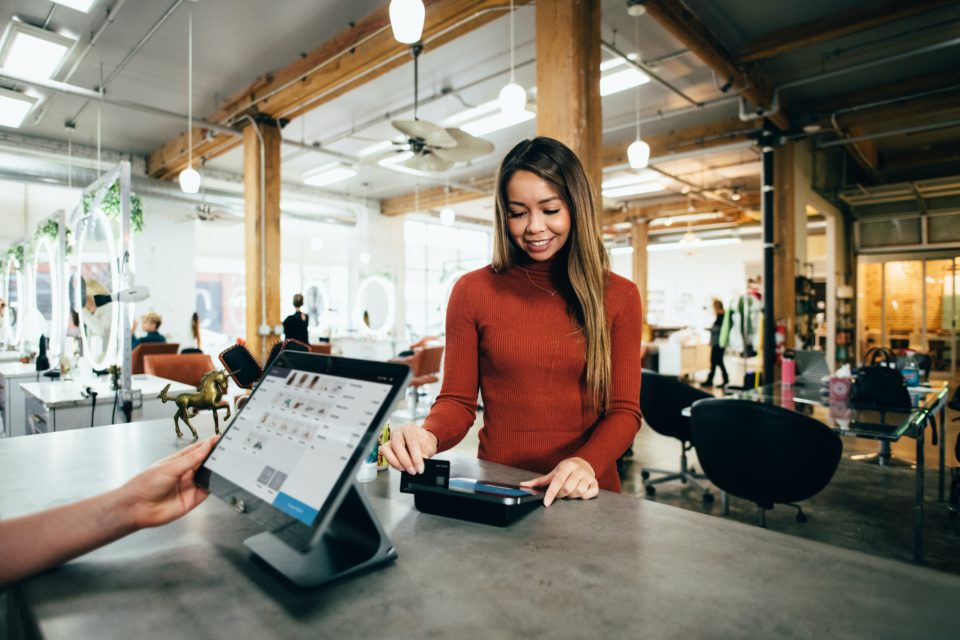Why the DO Button Can Help Retailers Take on Amazon
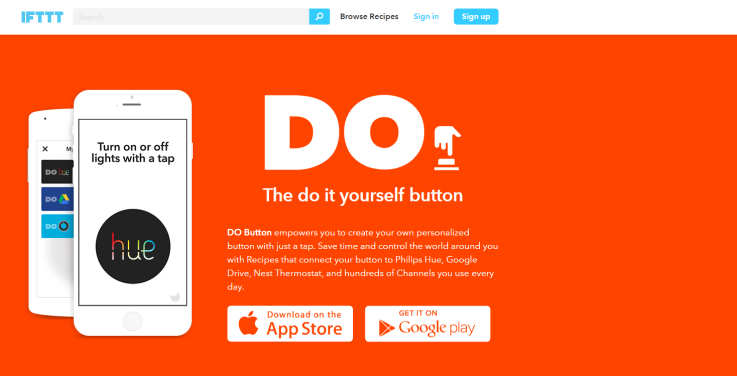
For a lot of retailers new announcements from Amazon are a cause for concern. The e-commerce giant has disrupted the sector left, right and centre. And now it is stepping into customers’ homes.
The Dash Button and Amazon Echo offer new, simple ways for customers to buy the things they need. Hub-for-the-home Amazon Echo in particular could revolutionise buying habits. But you don’t have to be Amazon, with all its money and reach, to innovate.
Anyone can have their own Dash Button
If This Then That (IFTTT) shows how anyone can disrupt the norm. The company’s service uses DO and IF ‘Recipes’ to let users link any input and output to achieve results. IF Recipes are connections between services that run automatically behind the scenes. They work on the idea of ‘if this then that.’ A Recipe could state that if a picture is posted on Instagram then it is also posted on Facebook. Or if a note is made in Evernote then it is also added to Dropbox.
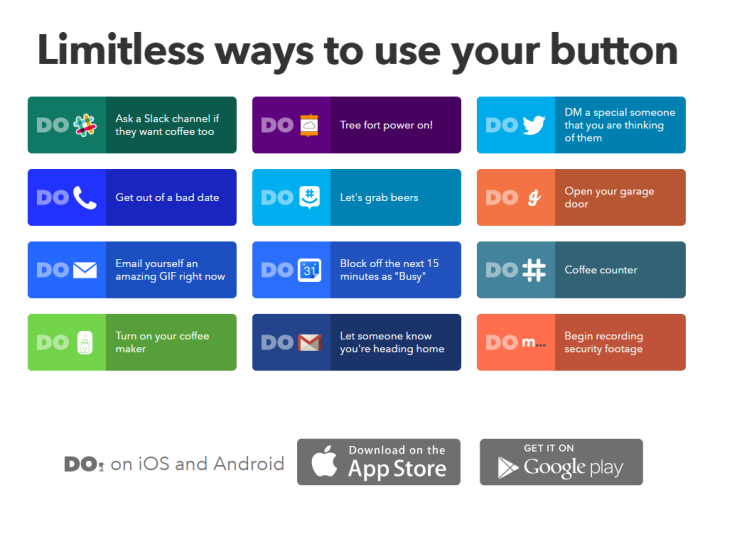
The DO button is IFTTT’s latest development. It works with just a tap and can be personalised to the user’s needs. More than 300 different Channels can already be connected through IFTTT. They include everything from connected home technologies and business services, to entertainment, fitness and lifestyle apps.
It means the DO Button can be used to set a smart thermostat at a push. Or turn on internet-connected lights. It’s exciting because of the unlimited possibilities it presents. And because through something like the DO button any brand could have their own Dash Button.
It’s the wider potential of developments like the DO button that are most exciting though. IFTTT recently added Tesco to its list of connected Channels. And users are already embracing it with Recipes to add products to their basket if they drop to a certain level. Others are using IFTTT to notify them when premium products like champagne go on offer.
A new level of intelligent retail
Taking this to the next level could create a new type of intelligent retail subscription. Imagine if instead of shopping online or in-store, supermarkets came direct to your door every week with what they think you’d like based on data. Imagine you could keep what you needed and send back anything you didn’t want. And imagine that fed back in to give you even better results next time.
Supermarkets could also use this to upsell to customers. We all know that shopping when you’re hungry is a bad idea that leads to impulse buying. But how tempted would you be if someone bought your favourite biscuits to your door? And told you they were on offer that week? By using data about what customers like to buy, supermarkets could serve up relevant offers at their door.
Pre-empting customer needs
Pre-empting what its customers might want or need is the next phase of Amazon’s strategy as well. Its Dash Replenishment Service (DRS) integrates repeat ordering capabilities directly into products. And like IFTTT its effectiveness lies in the fact that any manufacturer can use it.
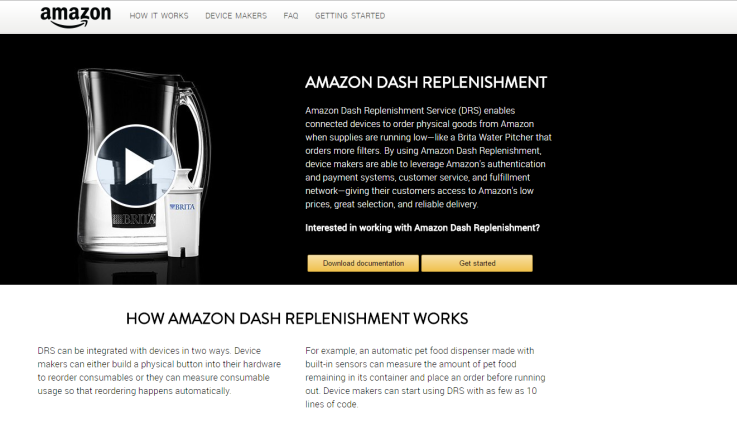
The DRS can be built into products as a physical button. Or even more elegantly as a few lines of code that lets the item detect when it is running low on something. One example is Whirlpool’s new Smart Top Load washer and dryer. The connected appliance can sense when it is running low on washing powder and automatically order more through the DRS.
The DRS makes sense for products that use specific consumables, like the washing machine and washing powder. Printers, coffee makers, water filters are other prime examples.
Making customers’ lives easier
Your brand or company may not have the reach of Amazon, but it isn’t the only one who can make customers’ lives easier or their experience better. IFTTT can create Recipes that turn your smart lights on when the sun goes down automatically. Just like the DRS automatically reorders products.
With more smart appliances and retailers being added to IFTTT, Recipes are now emerging to rival Amazon’s DRS. Items can already be added to a Tesco shopping basket at the push of the button. As can items when they fall below a certain level, eg if the egg count falls below two.
You can add items to the basket on a set day, such as a Friday treat. Or based on the weather on certain days, which is ideal for an impromptu BBQ if the sun’s out tomorrow. This type of capability even goes beyond Amazon. Rather than being limited to the brands that have signed up to a Dash Button or DRS, IFTTT’s DO Button can be personalised to work with whatever the customer wants.
Creating interaction
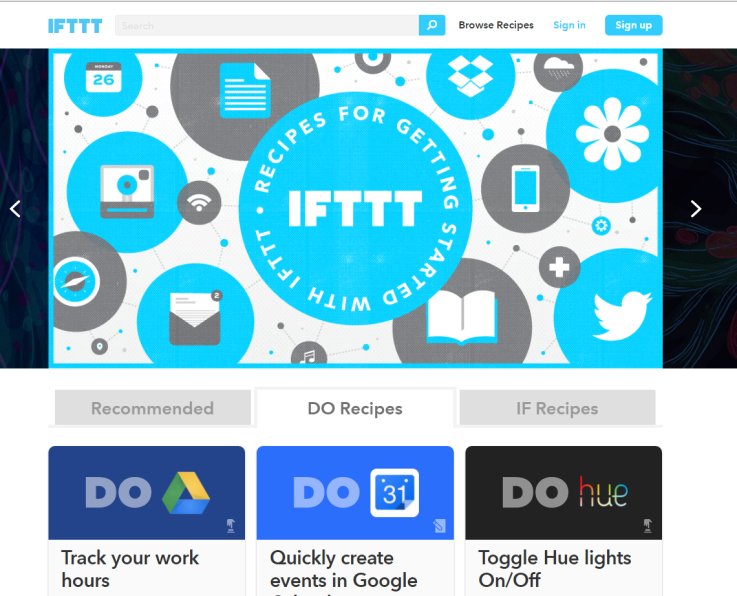
Recipes are typically created and shared by IFTTT’s users. But what’s to stop you creating a Recipe for a DO Button that orders your product or interacts with your service. Or one that send an email if an item goes on sale? If you are part of the IFTTT ecosystem then other users can tap into and use that Recipe for their benefit. You can encourage interaction with your company.
Customers can also create more of their own Recipes for your brand that meet their needs. Likely with connections that you may not have ever thought of. These Recipes are another valuable way of understanding how customers use your products and services. And about how they want those to interact with other parts of their lives.
Innovation for everyone
Sometimes it can seem like Amazon is so far ahead and all anyone else can do is sit back and watch. The truth though is that there are other companies that offer the systems and technologies that it does.
Any retailer today could make use of these systems in their stores and their websites. Anyone could make them available to customers. Working in partnership with others or through platforms like IFTTT may be the answer to taking on the giant.
Find out more about the latest trends in retail by taking part in one of our Insider Trends retail safaris. Find out more here.
Related Articles
Below are other articles from our blog that cover similar topics:

